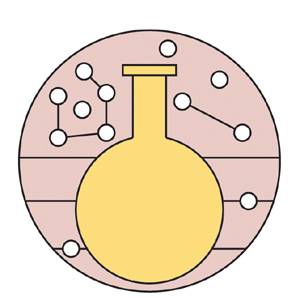
This article appears in the Witness section of the summer 2020 issue of the New Humanist. Subscribe today.
Here’s a conundrum for you: why do we have any matter in the universe at all? I don’t mean in the philosophical sense, but in the physical. Every fundamental particle has an anti-particle twin of itself, with the only difference being that one is positively charged and the other one negatively. The official terminology is charge-conjugation parity-reversal (CP) symmetry. When a particle meets their anti-particle twin they annihilate – both disappear from existence and all of their energy transforms into light.
So here’s the tricky bit: if all matter was created at the Big Bang, in this twin formation, then it should have all disappeared instantly in a burst of annihilation, which is clearly not how that story ended.
We, and the rest of the Universe, exist because there is an imbalance between particles and anti-particles. But how did this imbalance come about? A violation of some form in the CP symmetry theory is the most accepted explanation, but this must be justified with experimental evidence.
A fundamental particle called a neutrino is the best contender for revealing symmetry rule breaking on the level required to explain the imbalance. However, they are extremely elusive. Hence the extreme experiment that is the TSK (Tokai to Kamioka) collaboration – 500 scientists from 68 institutions in 12 countries. The detector is a huge tank of ultra-pure water surrounded by 10,000 sensors (google it, it’s beautiful), built deep under Japan’s Mount Ikeno. A neutrino beam is generated on the east side of Japan and passes through the Earth, travelling over 295 km, and into the detector, where measurements of neutrino decay are made.
Results published recently in Nature reveal the scientists are 95 per cent confident they have observed CP violation, and 99.7 per cent confident that they have narrowed down how much the neutrino and anti-neutrino differ. However, to convince the physics community that an observation as important as this is real, they need to have at least 99.9999 per cent confidence level in the results. Close, but not close enough.

